Disclosure: This article contains affiliate links. We may earn a commission from purchases at no extra cost to you, which helps our travel content.
Standing at the edge of Hippo Regius, watching the golden Mediterranean light wash over ancient Roman stones, I felt that familiar tingle at the base of my spine. The same sensation I get during a critical rescue when ancestral knowledge merges with modern medicine. Here in Annaba, Algeria's fourth-largest city, history doesn't just echo—it resonates through your body like a healing frequency. As someone who's spent years documenting how traditional spaces influence our physical and spiritual wellness, Annaba presents a fascinating case study: a place where Numidian, Roman, Byzantine, Ottoman, and French colonial influences create layers of healing wisdom that most travelers completely overlook. This northeastern Algerian coastal gem isn't on most Western tourists' radar, which is precisely why it deserves your attention. After a week traversing its forgotten historical sites, I've mapped a journey through time that connects ancient wellness practices to modern adventure—the kind of exploration that nourishes both body and spirit.
Hippo Regius: Where Roman Engineering Meets Sacred Geometry
The morning fog was just lifting as I approached the sprawling archaeological site of Hippo Regius, once one of North Africa's most important Roman cities. While most visitors make a beeline for the impressive forum or theater, I found myself drawn to the ancient Roman baths—a testament to how wellness was integrated into daily life thousands of years ago.
As an EMT who's witnessed how environmental factors impact human health, I was fascinated by the sophisticated hypocaust heating system beneath the floor. The Romans understood something we're only rediscovering in modern wellness practices: the therapeutic value of alternating temperatures and communal healing spaces.
Walking through the site, I noticed something most guidebooks don't mention—the precise mathematical proportions of the main structures follow sacred geometric principles. The same patterns appear in healing spaces across cultures, from Mi'kmaq sweat lodges to Japanese onsen. These aren't coincidences but evidence of our ancestors' understanding of how spatial dimensions affect human physiology and spiritual wellbeing.
The site is vast, and spring brings wildflowers pushing through ancient stones—nature reclaiming what humans built. I spent hours exploring with my compact binoculars, which let me spot architectural details and even a family of falcons nesting in the ruins of what was once St. Augustine's basilica.

💡 Pro Tips
- Visit early morning (8-10am) to avoid both crowds and afternoon heat
- The site is sprawling—wear sturdy hiking shoes and bring at least 2 liters of water
- Local guides can be hired at the entrance for about 2000 DZD ($15 USD) and offer insights you won't find in guidebooks
The Basilica of St. Augustine: Healing Through Sacred Sound
Perched on a hill overlooking modern Annaba stands the gleaming white Basilica of Saint Augustine, built by the French in the 1880s but honoring a site of spiritual significance dating back to the 4th century. While technically not 'forgotten,' most visitors miss its deeper significance as a place of sound healing.
As someone with mixed heritage who's always navigated between different worldviews, I was struck by how this Catholic basilica incorporates acoustic principles found in ancient healing chambers worldwide. Standing beneath the dome, I performed a simple test I learned from an elder back in Halifax—a soft hum that resonated through the space in a way that creates specific vibrations in the human chest cavity. These frequencies have been shown to reduce stress and promote parasympathetic nervous system activation—something I've witnessed firsthand when treating patients in high-stress situations.
The basilica contains a relic of St. Augustine's arm bone, and regardless of your religious beliefs, there's something profound about standing in a space where healing intentions have been focused for over 1,600 years. The garden outside offers spectacular views of the Mediterranean and a quiet place for reflection.
I spent a peaceful afternoon sketching the architectural details in my travel journal, which has accompanied me from Peruvian mountain temples to Japanese forest shrines. Something about physically drawing a space helps me connect with its energy in ways that photography sometimes misses.
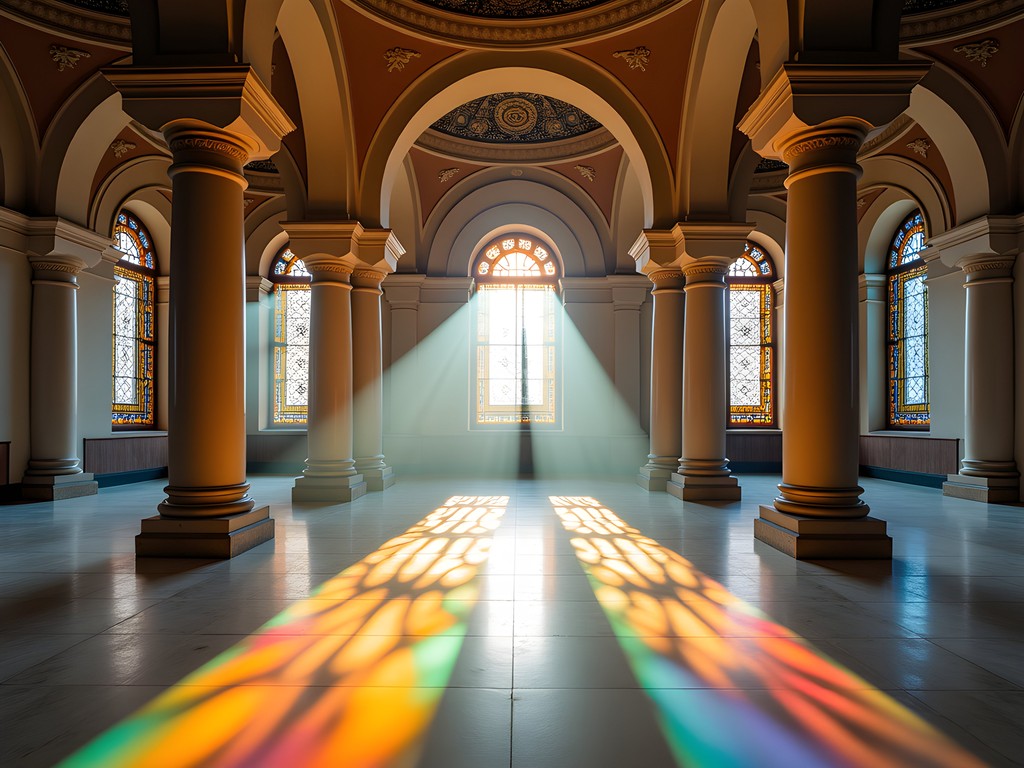
💡 Pro Tips
- Visit mid-week for a quieter, more contemplative experience
- The basilica is still an active place of worship—dress modestly with shoulders and knees covered
- Bring a small audio recorder to capture the unique acoustics if sound healing interests you
Fort of Cigogne: Ottoman Defense and Sacred Geography
The Ottoman-built Fort of Cigogne (Stork Fort) stands as a testament to the strategic importance Annaba held during the 16th-19th centuries. While most tourists snap a quick photo from the harbor, few venture inside to explore its labyrinthine passages and stunning views.
As someone who's studied how traditional cultures positioned defensive structures along natural energy lines, I was fascinated to discover that the fort sits at the intersection of two ancient trade routes that follow the natural contours of earth energy that many indigenous cultures recognize. My Mi'kmaq grandmother would have called this a 'power point'—a place where natural energies converge and can either heal or harm depending on how they're channeled.
The fort's construction incorporates defensive pragmatism with surprising wellness elements. The central courtyard features a sophisticated water collection system that creates natural cooling through evaporation—a passive climate control technique that predates modern air conditioning by centuries. As an EMT who's treated countless heat-related emergencies, I appreciate this ancient understanding of thermoregulation.
Exploring the fort requires navigating narrow passages and steep stairs that aren't well-marked. I was grateful for my headlamp when investigating the darker corners where the most interesting architectural details hide. The effort is worth it—the panoramic views from the upper battlements reveal Annaba's natural harbor and the strategic thinking behind the city's historical development.
Be warned: this is not an easy site to explore if you have mobility issues, and some areas feel genuinely dangerous without proper lighting. The Algerian authorities are gradually improving safety measures, but this is definitely an adventure for the physically capable and sure-footed.
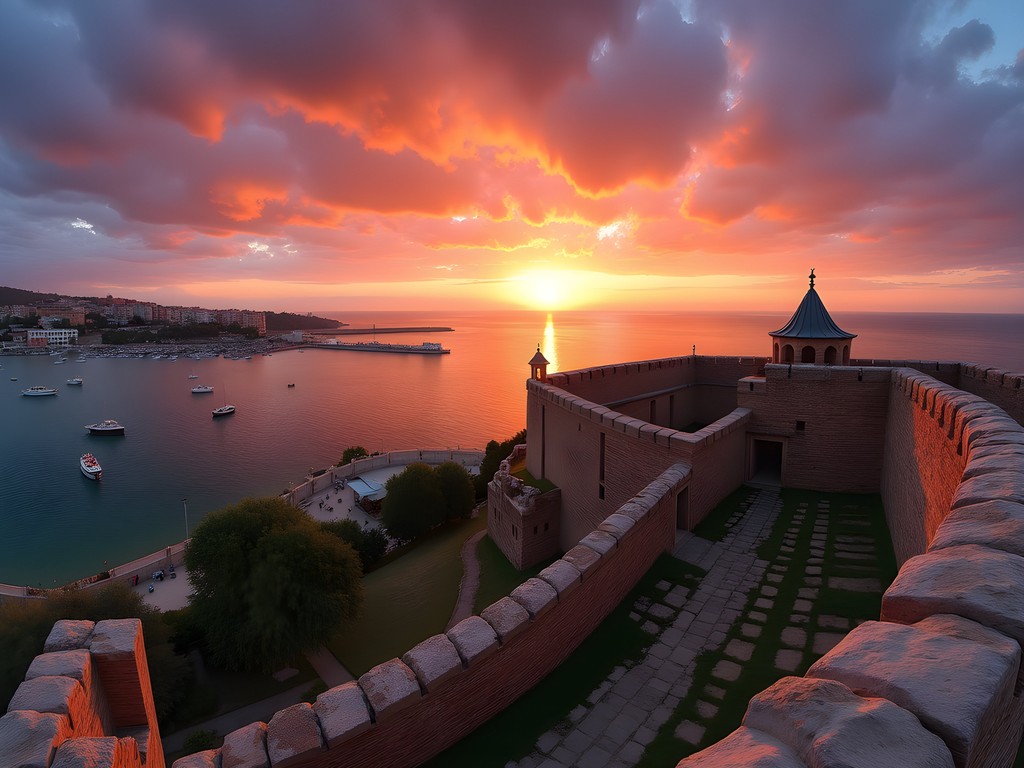
💡 Pro Tips
- Hire a local guide with keys to access restricted areas—they know which caretakers to ask
- Wear closed-toe shoes with good grip; many surfaces are uneven and slippery
- Bring your own water and snacks as there are no services at the fort itself
Medina of Annaba: Ottoman Heritage and Traditional Healing Markets
While smaller than the medinas of Algiers or Tlemcen, Annaba's old Ottoman quarter offers a more intimate glimpse into traditional North African life. What fascinated me most as a healthcare professional was discovering the continued practice of traditional medicine alongside modern pharmaceuticals.
The narrow streets of the medina follow medieval patterns that—whether by design or intuition—create natural ventilation corridors. During spring, when I visited, these passageways channeled cool sea breezes through the neighborhood, demonstrating how traditional urban planning incorporated wellness principles we're only now rediscovering in modern sustainable architecture.
The highlight of the medina is the small but exquisite Ottoman-era mosque with its distinctive minaret. Unlike many historical sites that feel preserved in amber, this remains a living spiritual center. I was fortunate to be invited by a local family to observe their preparation of traditional remedies using plants that have remarkably similar properties to those my Mi'kmaq grandmother used in Canada—a powerful reminder of how traditional ecological knowledge converges across cultures.
The spice market near the western edge of the medina offers an olfactory journey through healing traditions. Many vendors still organize their wares according to traditional medicinal properties rather than culinary uses. As someone who's had to improvise medical treatments in remote locations, I appreciate how these knowledge systems persist despite modernization.
Navigating the medina can be challenging for those unfamiliar with such spaces. The absence of street signs and Google Maps' frequent inaccuracy here means you'll likely get lost—which I consider part of the experience. Local residents are generally helpful to respectful visitors, though women traveling alone should maintain cultural awareness regarding dress and interaction.
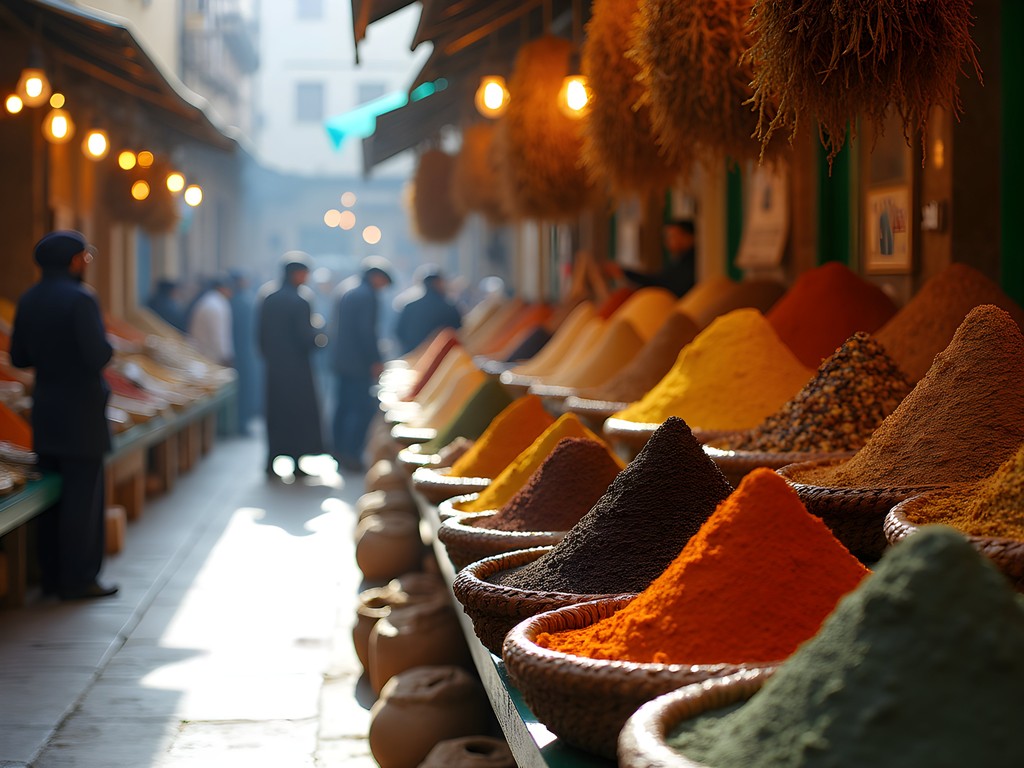
💡 Pro Tips
- Visit the spice market with a local guide who can explain the medicinal uses of traditional ingredients
- Dress modestly out of respect for local customs, particularly when visiting religious sites
- Learn a few basic Arabic or French phrases—even simple greetings open many doors
The Forgotten French Colonial Architecture: A Complicated Legacy
While much attention goes to Annaba's ancient and medieval sites, the French colonial architecture downtown represents a more complex historical layer. As someone who comes from a mixed heritage and has witnessed the lasting impacts of colonialism on indigenous communities, I approach these spaces with nuanced awareness.
The Place de la Révolution (formerly Place d'Armes) showcases impressive Art Nouveau and Neo-Moorish buildings that blend European and North African design elements. What struck me was how these structures were deliberately positioned along the same energy lines as older sacred sites—the colonial powers intuitively or intentionally building upon existing patterns of sacred geography.
The former Hôtel de Ville (City Hall) contains a little-known architectural feature: a central atrium designed with specific proportions that create a natural cooling effect and optimize sound transmission—techniques borrowed from traditional North African design but rarely credited as such. This appropriation of indigenous knowledge parallels what I've observed in medical contexts, where traditional healing practices are often repackaged without acknowledging their origins.
Walking these streets with my travel water filter (always essential in places where tap water might upset a foreign stomach), I found myself reflecting on how colonial architecture simultaneously represents oppression and cultural exchange. These buildings tell stories of power dynamics but also of human adaptability and the inevitable blending of knowledge systems.
Many buildings are in various states of preservation, with some undergoing restoration and others slowly decaying. Photographing these sites requires sensitivity—always ask permission before taking pictures, especially of occupied buildings, and respect that some residents have complicated feelings about this architectural heritage.
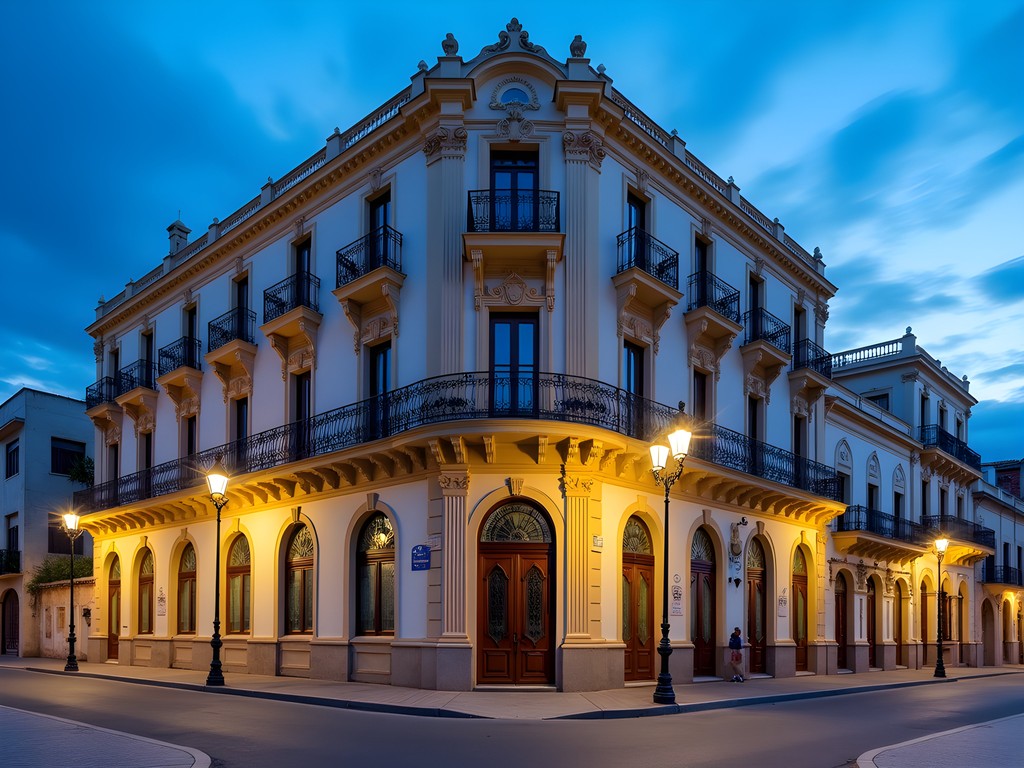
💡 Pro Tips
- The best light for photographing the colonial architecture is during the 'blue hour' just after sunset
- Join a walking tour led by local architecture students who offer nuanced perspectives on colonial heritage
- Look for the subtle indigenous design elements incorporated into seemingly European facades
Final Thoughts
As I packed my medical kit and travel journal on my final morning in Annaba, I realized this overlooked Algerian city offers something increasingly rare: a chance to explore layers of history without the crowds and commercialization that plague better-known Mediterranean destinations. From the sacred geometry of Roman ruins to the traditional healing knowledge preserved in the medina's spice markets, Annaba connects us to ancient wellness wisdom that resonates across cultures. As travelers seeking authentic experiences, we have a responsibility to approach these spaces with respect—not just for the physical structures but for the knowledge systems they represent. Whether you're drawn to archaeological wonders, sacred spaces, or cultural exploration, Annaba rewards those willing to venture beyond the typical North African itinerary. Just remember to bring your sense of adventure, cultural sensitivity, and plenty of water—this journey through time requires proper preparation, but the rewards are immeasurable.
✨ Key Takeaways
- Annaba's historical sites span Numidian, Roman, Byzantine, Ottoman, and French colonial periods—offering a comprehensive view of Mediterranean history
- Spring visits provide ideal temperatures and stunning wildflowers growing among ancient ruins
- Local guides are essential for accessing restricted areas and understanding cultural contexts
- The city's historical sites reveal sophisticated ancient understanding of wellness principles that parallel indigenous knowledge worldwide
📋 Practical Information
Best Time to Visit
March to May (spring) for mild temperatures and minimal crowds
Budget Estimate
$50-100 USD per day including mid-range accommodations, food, and site entrance fees
Recommended Duration
5-7 days to properly explore all historical layers
Difficulty Level
Advanced - Requires Physical Stamina, Cultural Adaptability, And Basic French Or Arabic Phrases

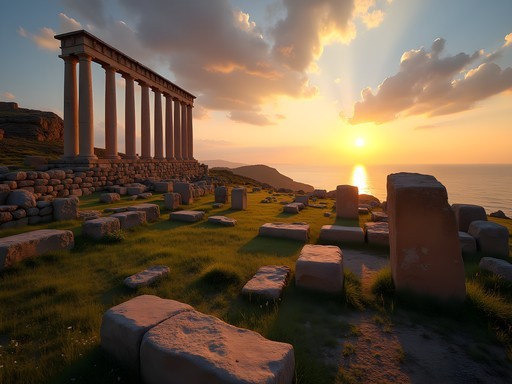
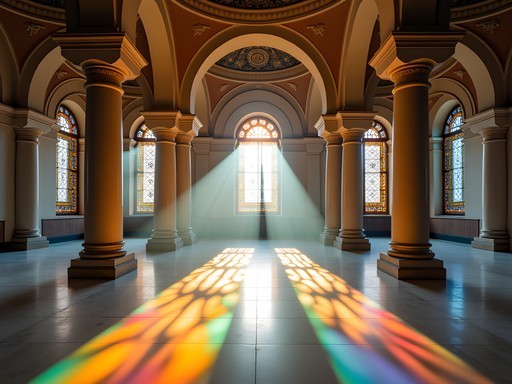

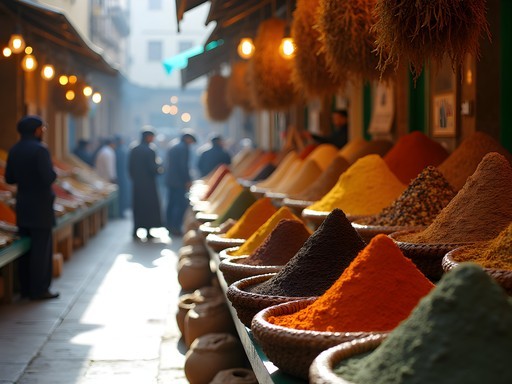
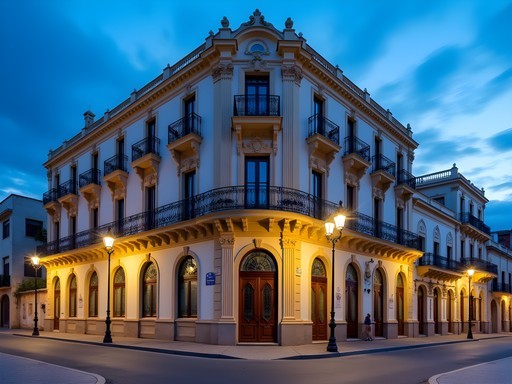


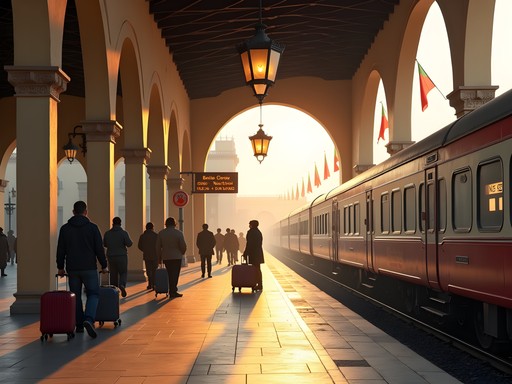







Comments
PhotoAdventurer
That golden hour shot of Hippo Regius is stunning! What time of year did you visit to get that perfect light?
travellight
How difficult is it to get around between these sites? Is hiring a driver necessary or is public transport reliable?
sunsetguide
We used a mix of taxis and walking. Hippo Regius needs a taxi, but the Medina and Fort are walkable from the city center. Taxis are affordable but negotiate the price upfront!
Taylor Moreau
Sage, this is a fantastic deep dive into Annaba's historical layers. I've written about North African heritage sites extensively, but the Ottoman influence in this region deserves more attention. Your section on the Fort of Cigogne particularly resonated - the interplay between military architecture and sacred geography is fascinating. For those planning to visit, I recommend bringing a good pair of walking shoes as these sites are spread out. I found my travel journal essential for noting the architectural details that guides often overlook. Looking forward to your next piece!
history_wanderer
Taylor, have you visited the Basilica of St. Augustine as well? Wondering if it's worth dedicating a full day to it.
Taylor Moreau
Absolutely worth a full day! The acoustics mentioned in Sage's article are remarkable. The local caretaker sometimes demonstrates the sound properties if you ask politely. Morning light is best for photographs.
AlgeriaExplorer92
Those Roman ruins look incredible! Adding Annaba to my bucket list right now.
sunsetguide
This post brought back so many memories! I visited Hippo Regius last year and was completely blown away. The Roman ruins there are so underrated compared to other Mediterranean sites. The way the light hits the stones in the late afternoon is magical - just like you described! Did you get a chance to visit any of the smaller villages around Annaba? I found the local food scene to be incredible too.
Taylor Moreau
I'm planning a trip to Algeria next spring and Annaba wasn't on my radar until now. How did you find the safety situation there? Any accommodation recommendations?
sunsetguide
I felt completely safe in Annaba! Just use common sense like anywhere. For accommodation, I stayed at Hotel Seybouse International - bit dated but great location near the Medina. The staff helped arrange a local guide for Hippo Regius which made a huge difference.
Taylor Moreau
Thank you for the detailed information. I'll definitely look into the hotel and hiring a guide. I'm particularly interested in the Ottoman heritage sites mentioned in the article.
Claire Hawkins
Sage, this post brought back so many memories! We visited Annaba with our kids last year and the Roman ruins were a highlight. My 10-year-old was fascinated by the ancient engineering. Pro tip for families: bring a good guidebook as signage is minimal in some areas. We used this illustrated history guide which helped explain the sites to the children. The Fort of Cigogne was actually their favorite part - they loved climbing around and imagining Ottoman soldiers on lookout. And don't miss sunset at Hippo Regius - the light is magical for photos!
Sage Dixon
Claire, so glad it resonated! You're absolutely right about the sunset at Hippo Regius - pure magic. Great tip about bringing a guidebook for context.
sunnyqueen
Claire - did you find it easy to navigate Annaba with kids? Planning to take my nephew next year!
Claire Hawkins
Yes! Surprisingly kid-friendly. Taxis are affordable for longer distances, and most sites have shaded areas for breaks. Just bring plenty of water and snacks!
sunnyqueen
Just got back from Annaba last month! Hippo Regius was even more impressive than your photos show. We spent a whole day exploring the ruins and I couldn't get over how well-preserved some sections are. The Basilica was closed when we visited though - bad timing on our part. Did anyone try the street food in the Medina? Those little honey pastries were addictive!
exploreace
Those honey pastries are called makroud! I had them too - so good with mint tea!
freeone
Wow, this place looks amazing! How's the safety situation there? Algeria's been on my list but I'm a bit hesitant about traveling solo.
Sage Dixon
I felt quite safe in Annaba, especially in the tourist areas. Just use common sense precautions like in any destination. The locals were incredibly welcoming!
freeone
Thanks Sage! That's really reassuring. Might finally book that trip!
exploreace
Those Roman ruins look incredible! Never even heard of Annaba before this post.
starwanderer
Just booked my tickets to Algeria for next spring and Annaba is definitely on my itinerary now! That part about the sound healing at St. Augustine's Basilica sounds incredible. Did you need a special permit to visit any of these sites?
Sage Dixon
That's fantastic! No special permits needed for these sites, just the regular entrance fees. For the best experience at the Basilica, try to visit when it's less crowded - early mornings worked well for me. Enjoy your trip!
Venture X
Premium card with 2X miles, $300 travel credit, Priority Pass